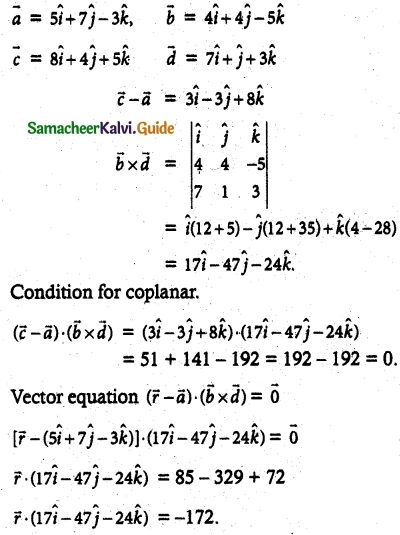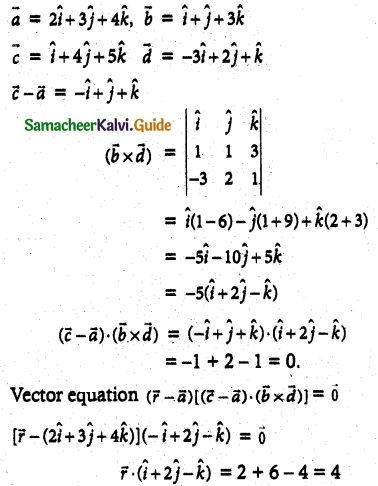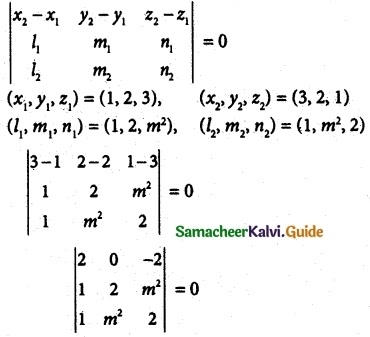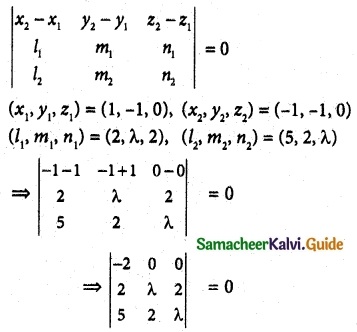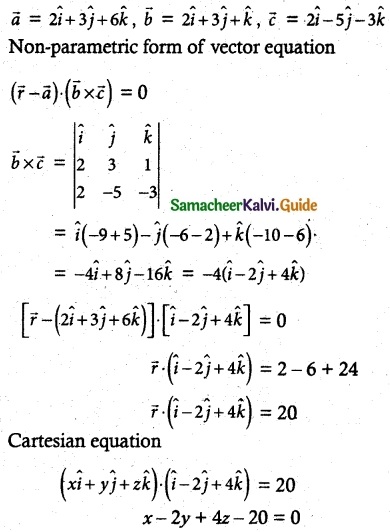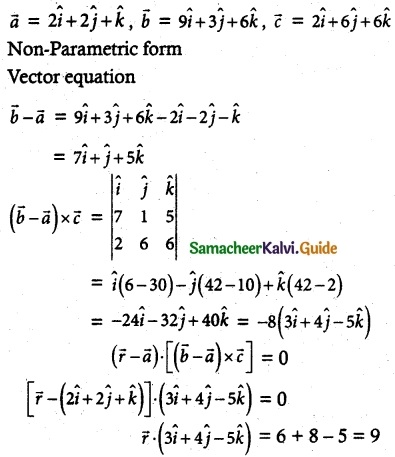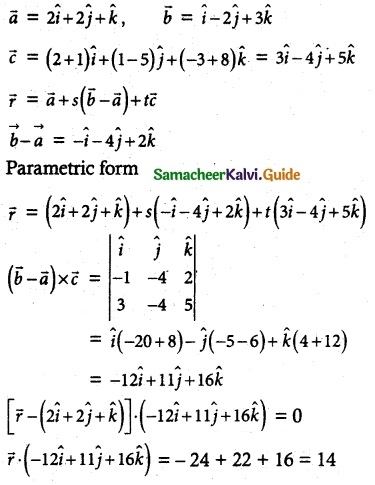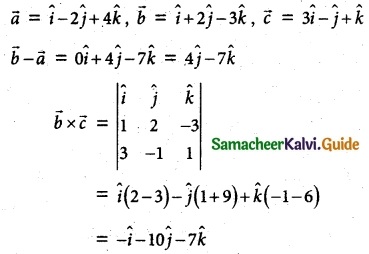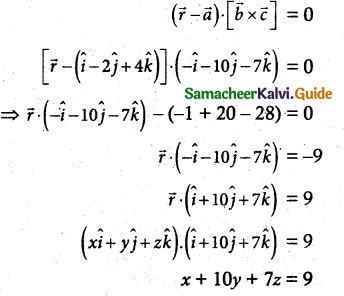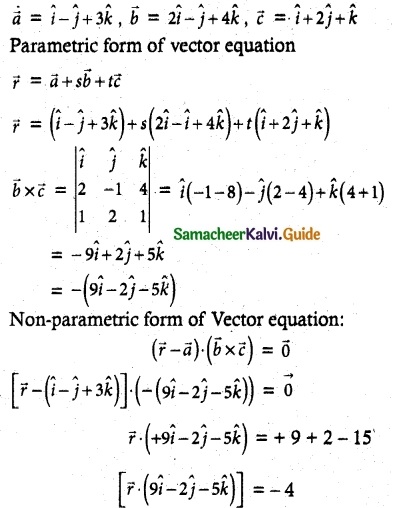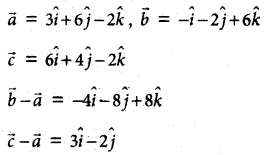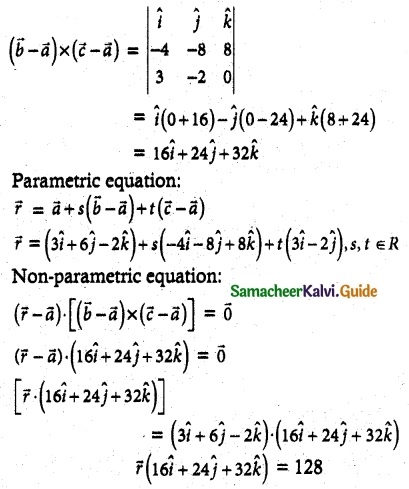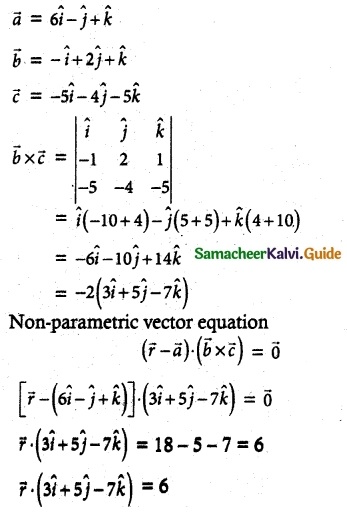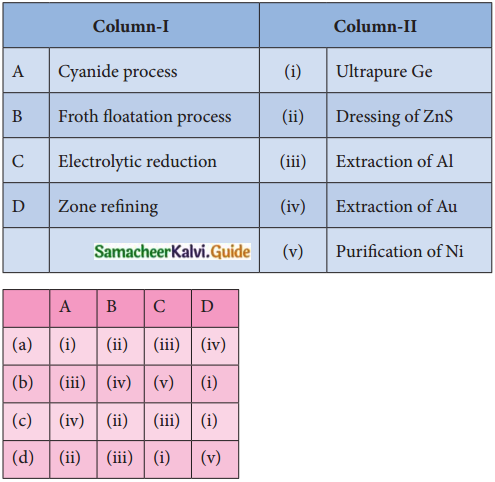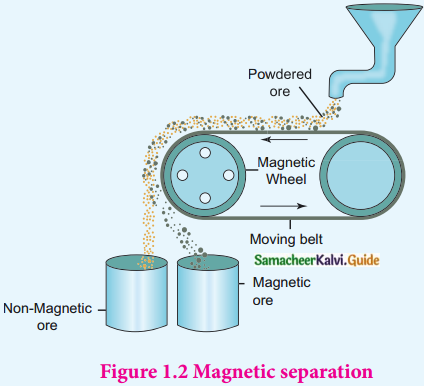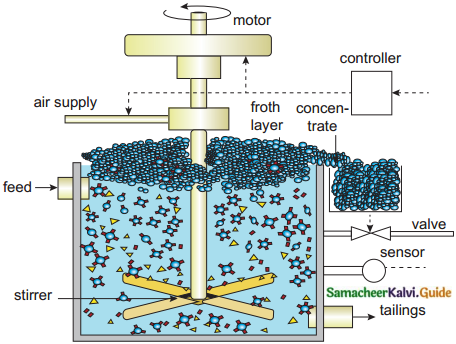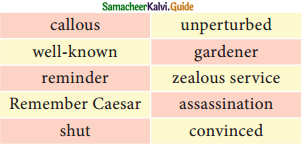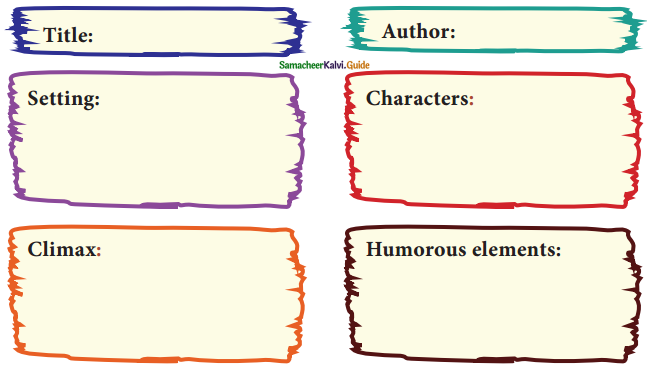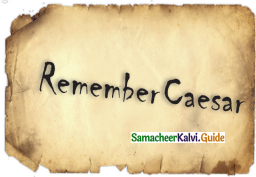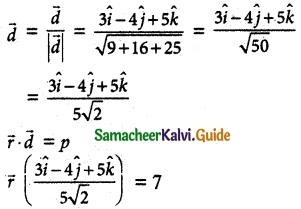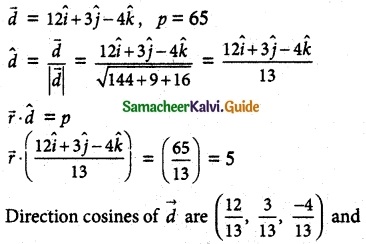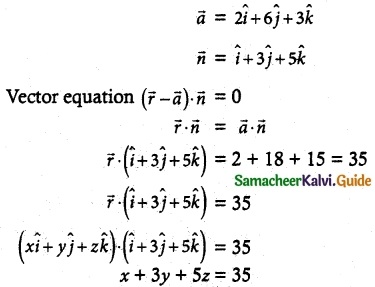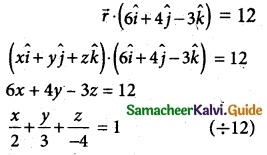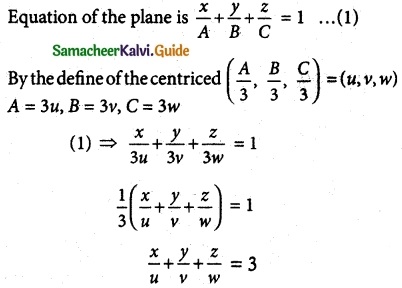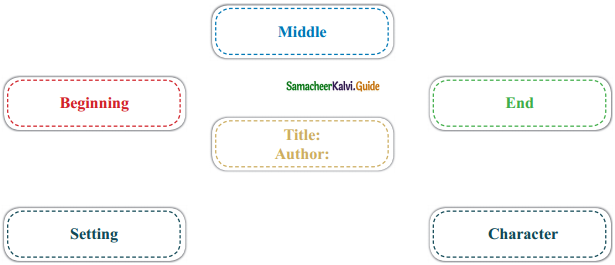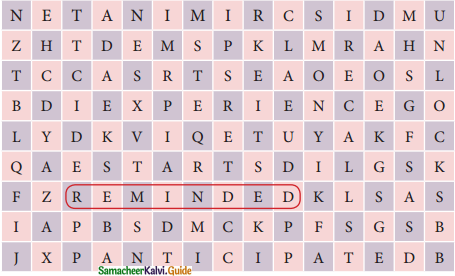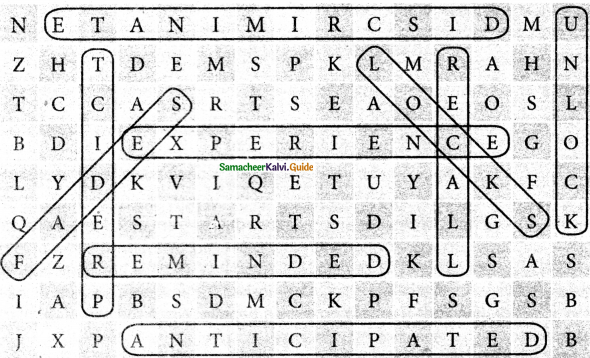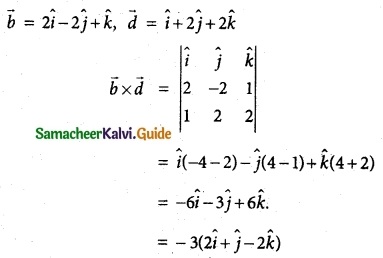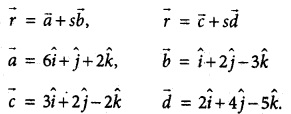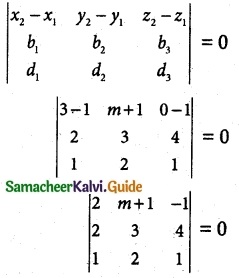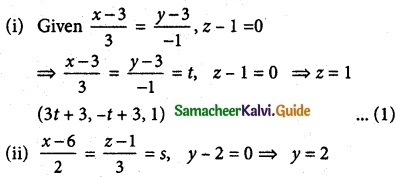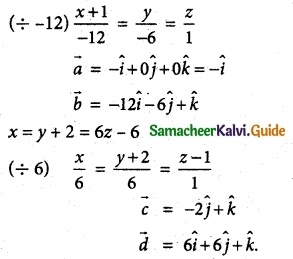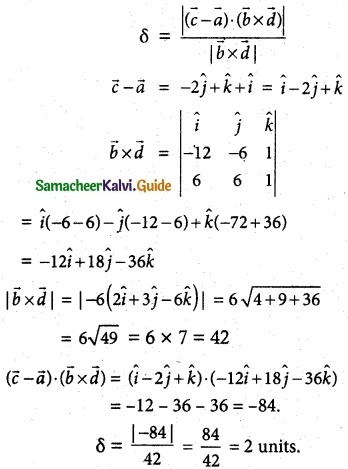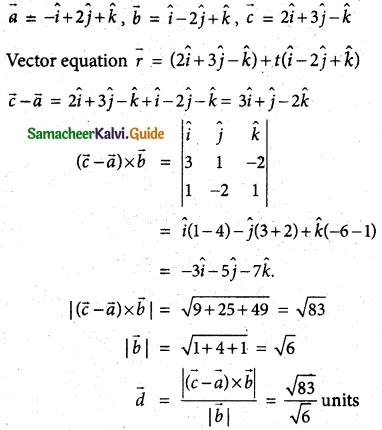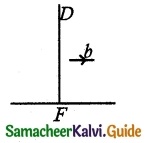Subject Matter Experts at SamacheerKalvi.Guide have created Tamilnadu State Board Samacheer Kalvi 12th Biology Answers Solutions Guide Pdf Free Download in English Medium and Tamil Medium are part of Samacheer Kalvi 12th Books Solutions.
Let us look at these TN Board Samacheer Kalvi 12th Std Biology Guide Pdf of Text Book Back Questions and Answers, Notes, Chapter Wise Important Questions, Model Question Papers with Answers, Study Material, Question Bank and revise our understanding of the subject.
Students can also read Tamil Nadu 12th Biology Model Question Papers 2020-2021 English & Tamil Medium.
Samacheer Kalvi 12th Biology Book Solutions Answers Guide
Samacheer Kalvi 12th Biology Book Back Answers
Tamilnadu State Board Samacheer Kalvi 12th Biology Book Back Answers Solutions Guide.
Samacheer Kalvi 12th Bio Botany Book Solutions
- Chapter 1 Asexual and Sexual Reproduction in Plants
- Chapter 2 Classical Genetics
- Chapter 3 Chromosomal Basis of Inheritance
- Chapter 4 Principles and Processes of Biotechnology
- Chapter 5 Plant Tissue Culture
- Chapter 6 Principles of Ecology
- Chapter 7 Ecosystem
- Chapter 8 Environmental Issues
- Chapter 9 Plant Breeding
- Chapter 10 Economically Useful Plants and Entrepreneurial Botany
Samacheer Kalvi 12th Bio Zoology Book Solutions
- Chapter 1 Reproduction in Organisms
- Chapter 2 Human Reproduction
- Chapter 3 Reproductive Health
- Chapter 4 Principles of Inheritance and Variation
- Chapter 5 Molecular Genetics
- Chapter 6 Evolution
- Chapter 7 Human Health and Diseases
- Chapter 8 Microbes in Human Welfare
- Chapter 9 Applications of Biotechnology
- Chapter 10 Organisms and Population
- Chapter 11 Biodiversity and its Conservation
- Chapter 12 Environmental Issues
We hope these Tamilnadu State Board Class 12th Biology Book Solutions Answers Guide Pdf Free Download in English Medium and Tamil Medium will help you get through your subjective questions in the exam.
Let us know if you have any concerns regarding TN State Board New Syllabus Samacheer Kalvi 12th Standard Biology Guide Pdf Text Book Back Questions and Answers, Notes, Chapter Wise Important Questions, Model Question Papers with Answers, Study Material, Question Bank, drop a comment below and we will get back to you as soon as possible.
